
18 Productivity Tool Success Stories [2025]
In today’s fast-paced world, where time is money, productivity tools have become indispensable. These software solutions are designed to help individuals and businesses streamline and enhance work efficiency.
If you are interested in starting a business in this field, you need to identify a specific productivity challenge faced by your target audience. It could be anything from project management to time tracking.
Once you have identified the challenge, you need to develop a user-friendly software solution that addresses this challenge, focusing on simplicity and effectiveness. It is essential to keep the user experience in mind while designing the software.
Once your solution is ready, you need to market it effectively by highlighting its benefits and offering a free trial to attract potential users. By following these steps, you can be successful in the productivity software market.
In this list, you'll find real-world productivity tool success stories and very profitable examples of starting a productivity tool that makes money.
1. Cognota ($6M/year)
Ryan Austin's lightbulb moment came when he realized that corporate L&D teams manage a staggering $320 billion in spending without a dedicated operating system, leading him to create Cognota to streamline their workflows and improve productivity.
How much money it makes: $6M/year
How much did it cost to start: $500K
How many people on the team: 40


Cognota is a learning technology company that has developed an operating system specifically for corporate learning and development (L&D) teams, streamlining their workflows and providing valuable insights for increased productivity. Despite facing challenges and taking longer than expected to launch, the company has experienced steady revenue growth and customer satisfaction, positioning itself as a leader in the industry.




2. Hubstaff ($6M/year)
Jared Brown, co-founder of Hubstaff, came up with the idea for the time tracking tool while addressing the issue of non-developer owners and managers not knowing how long development tasks should take. Realizing that there were very few software tools providing proof of work for freelancers, he saw a strong need for his product and started building a solution. Now, Hubstaff has grown to 10,000 paying customers and $6 million in annual recurring revenue.
How much money it makes: $6M/year
How many people on the team: 54
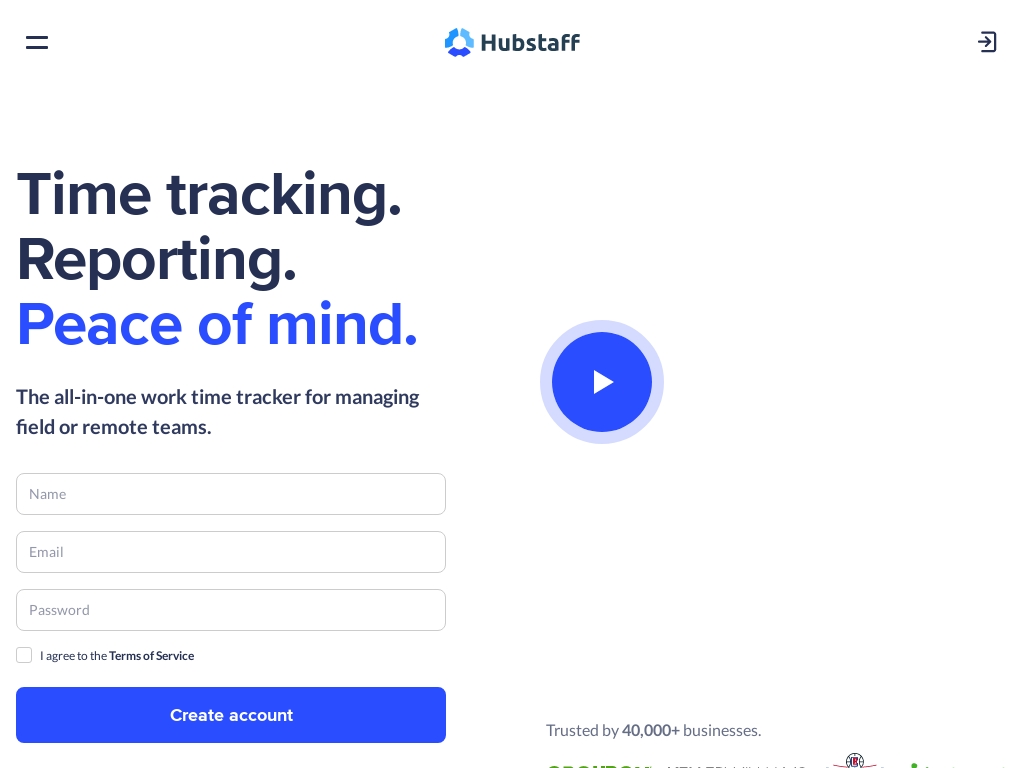

Hubstaff grew its time tracking app to 10,000 paying customers and $6 million in annual recurring revenue by solving a real problem in the market without any big incumbents, using SEO tactics and a differentiated product with proof of work features that answered the need for owners and managers to know how long development tasks should take, manage back-office tasks, and track remote team or freelancers' work.




3. Qwaiting ($792K/year)
Rohit Garg, co-founder of QWaiting, came up with the idea for his business after experiencing long waits and frustrations at restaurants. Recognizing the common problem of excessive customer wait times, Garg developed QWaiting to help businesses manage queues and improve customer experiences. With a team of over 50 members and an average monthly revenue of $66k, QWaiting has gained traction in industries such as banks, hospitals, retail stores, airports, and public sector enterprises.
How much money it makes: $792K/year
How many people on the team: 50


Singapore-based Qwaiting's cloud-based queue management software helps businesses manage customer queues, reduce wait times, increase productivity and improve visitor experience. With average monthly revenue of $66k, Qwaiting has attracted 500+ clients and specialises in data analytics reporting, customer feedback support and centralised management.




4. eWebinar ($600K/year)
Melissa Kwan, co-founder and CEO of eWebinar, came up with the idea for the business after experiencing the pain of having to run the same webinar over and over again for her previous enterprise SaaS startup. Recognizing the need for a scalable webinar automation solution, Melissa decided to create eWebinar, a platform that turns any video into an interactive webinar that can be set on a recurring schedule or made available on demand. With customers ranging from solopreneurs to publicly traded companies, eWebinar has achieved an MRR of around $50k and continues to focus on delivering the best product and customer experience.
How much money it makes: $600K/year
How much did it cost to start: $500K
How many people on the team: 0


Melissa Kwan, CEO of eWebinar, discusses how she identified the pain point of running the same webinar over and over again, leading her to build an automated webinar solution, with a current MRR of $50k and a focus on word-of-mouth marketing.




5. TIMEFLIP ($600K/year)
In the Summer of 2016, Pavel Cheshev and his partner Dmitry launched TimeFlip, an IoT solution for personal time management and productivity control. After experiencing the fragmented market of time tracking software, they were inspired to create a "physical" solution that would be easy to use and adapt to. With over 5,000 units sold to date and plans to expand into major retailers like Walmart and Best Buy, TimeFlip has proven to be a simple and user-friendly tool for tracking time.
How much money it makes: $600K/year
How much did it cost to start: $130K
How many people on the team: 5
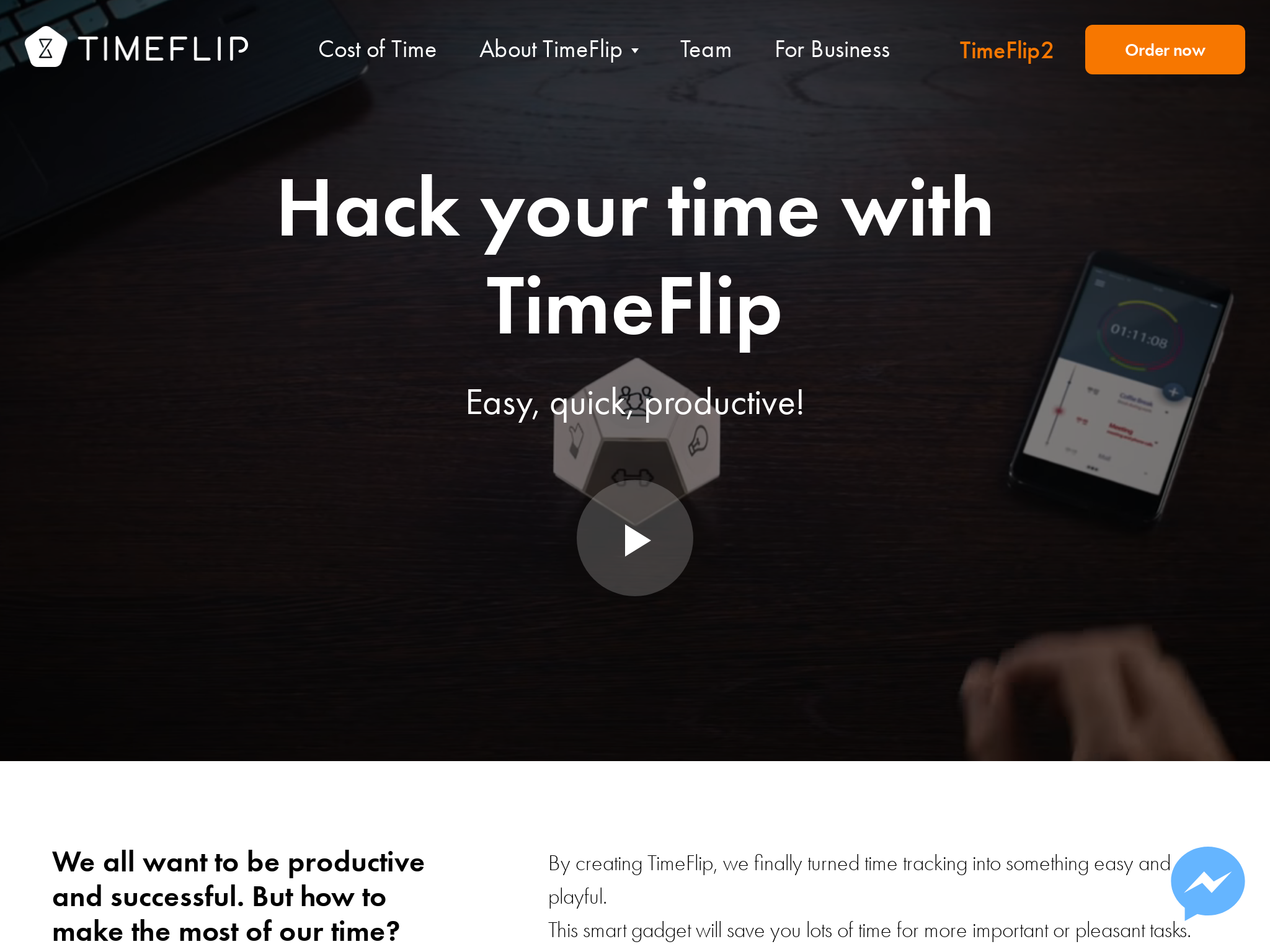

TimeFlip, an IoT device that assists with personal time management and productivity control, has sold over 5,000 units globally, with half of the sales coming from North America, and has plans to expand into Walmart, Best Buy, and Home Depot in the near future.




6. Gorilla ROI ($276K/year)
Jae and his wife started an Amazon business, but they soon faced the challenge of losing money due to their reactive approach towards issues. They found themselves running out of stock because of poor inventory forecasting decisions, incorrect product mixes, and overpaying fees. Additionally, a lot of their data analytics was manual, resulting in a waste of 1-2 hours just to collect data.
To tackle this problem, they created Gorilla ROI, which automates data collection into Google Sheets. Their mission was to simplify the process of getting disorganized data into spreadsheets in a clean and organized way.
How much money it makes: $276K/year
How many people on the team: 2


Gorilla ROI is a Google Sheets add-on that connects Amazon Seller Central to Google Sheets, now bringing in $12,000/month through organic inbound marketing, and focusing on scalability before any heavy push towards outbound marketing.




7. Bloomy Lab ($480K/year)
Alex, the founder of Bloomy Lab, came up with the idea for his business after facing difficulties with outsourcing companies while developing websites for his previous companies, Hasten and Tantify. This inspired him to build a team of creative professionals who could develop their own products, leading to the creation of Bloomy Lab and their focus on developing health, fitness, productivity, and life quality improvement apps. With a team of talented individuals, they have already created 20 apps in just six months and are showing impressive growth potential.
How much money it makes: $480K/year
How many people on the team: 19
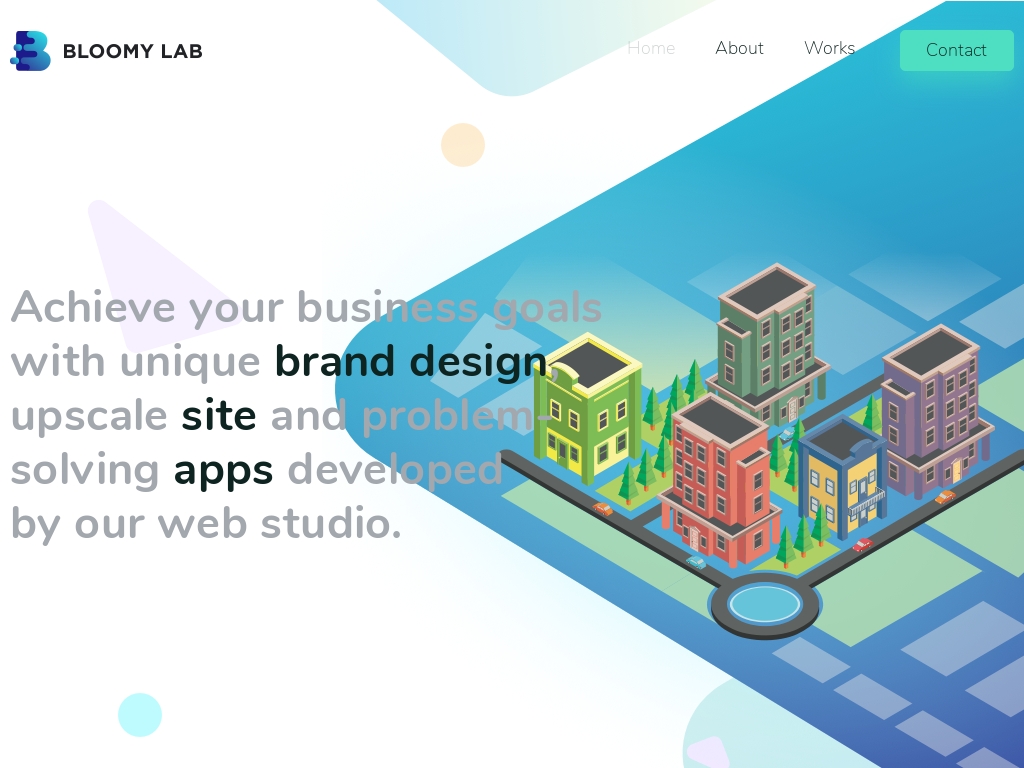

Bloomy Lab, a web and app development studio, shares insights on how they developed their virtual staging platform Tantify and their process of launching new products without any ads, resulting in 40,000 downloads and $1,000 monthly revenue, as well as their plans for future expansion.




8. Parseur ($480K/year)
Sylvestre Dupont, the co-founder of Parseur, came up with the idea for the data extraction tool during his sabbatical break year in 2013. While building a travel map website, he realized the tedious task of manually entering travel confirmation emails into the app and thought it would be great if the app could automatically extract the relevant information. This sparked the idea of building an email parsing tool, which eventually became Parseur.
How much money it makes: $480K/year
How much did it cost to start: $1K
How many people on the team: 0
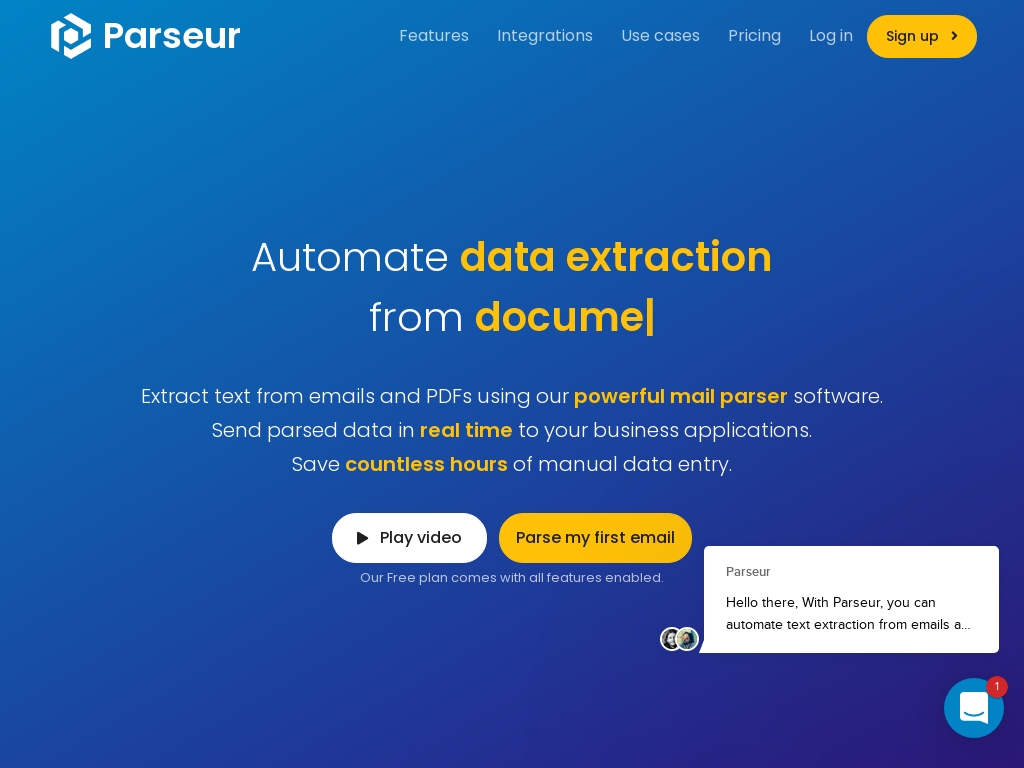

Parseur, the data extraction tool, helps businesses automate their data entry process, catering to multiple industries such as food delivery, real estate and marketing, and has grown to over $40k in revenue per month since its launch in 2017.




9. Minimalist Phone ($240K/year)
Martin Morávek, the developer and founder of minimalist phone, came up with the idea when he noticed how people were overusing social media during the COVID-19 pandemic, leading to mental health issues. Utilizing his background in psychology and machine learning, he designed the minimalist phone app to discourage excessive screen time by customizing the user interface to be monochrome and less visually stimulating. With an initial investment of only $3,100, the app now generates an impressive average monthly revenue of $20,000 and is on track to reach 500,000 downloads on Google Play.
How much money it makes: $240K/year
How much did it cost to start: $100
How many people on the team: 1

Minimalist Phone, a phone app that helps people prioritize their mental health by discouraging screen time, generated $20,000 monthly revenue from an initial investment of $3,100, with an estimated total of 500,000 downloads on Google Play soon.




10. CraftMyPDF ($180K/year)
He took on some freelance work that required generating PDFs during the pandemic. While there were various online services available for this task, he found that none of them offered a user-friendly template editor. As a result, he decided to develop my PDF generation services with a template editor.
How much money it makes: $180K/year
How much did it cost to start: $800
How many people on the team: 1
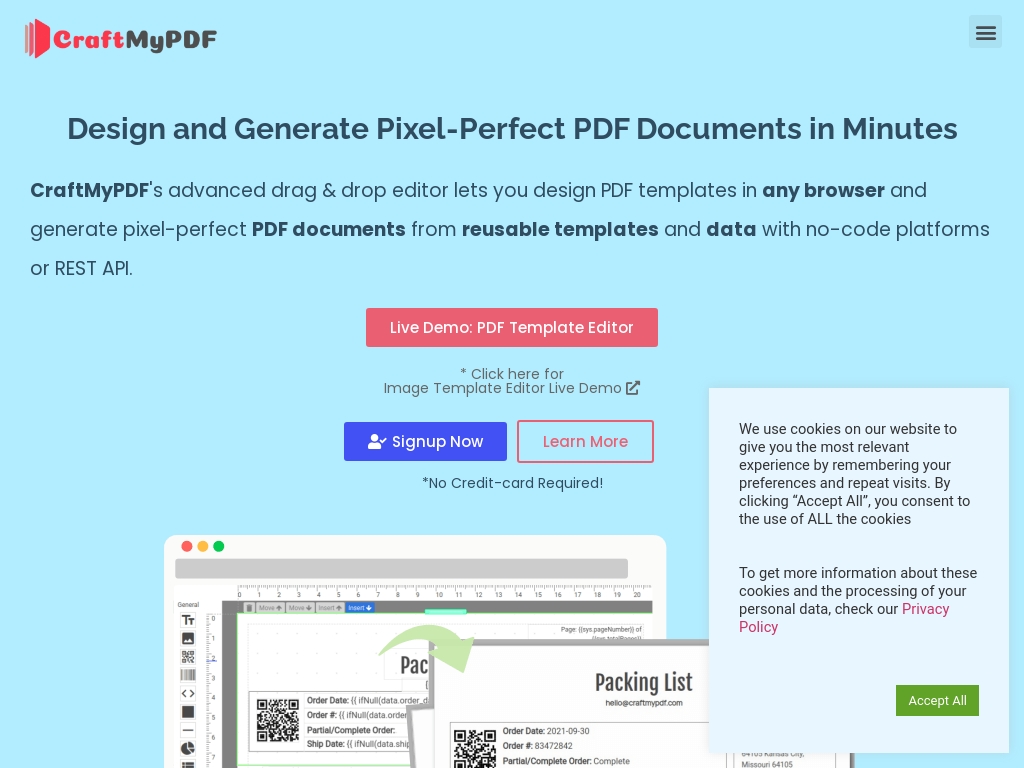

CraftMyPDF.com and APITemplate.io offer API-based products which allow businesses to generate PDF and image documents from reusable templates, and have generated over 2 million documents and $15,000 in monthly recurring revenue over the past 2 years.




11. 1Page ($120K/year)
Pooran Prasad Rajanna came up with the idea for 1Page after experiencing the pain of preparing for sales meetings. He realized that salespeople spend too much time searching for information across various platforms, so he created a mobile app that delivers a customized summary of everything they need to know before a meeting. With over 25 integrations and partnerships with data providers such as Standard & Poor and Crunchbase, 1Page aims to help salespeople connect better with prospects and close deals.
How much money it makes: $120K/year
How much did it cost to start: $240K
How many people on the team: 8
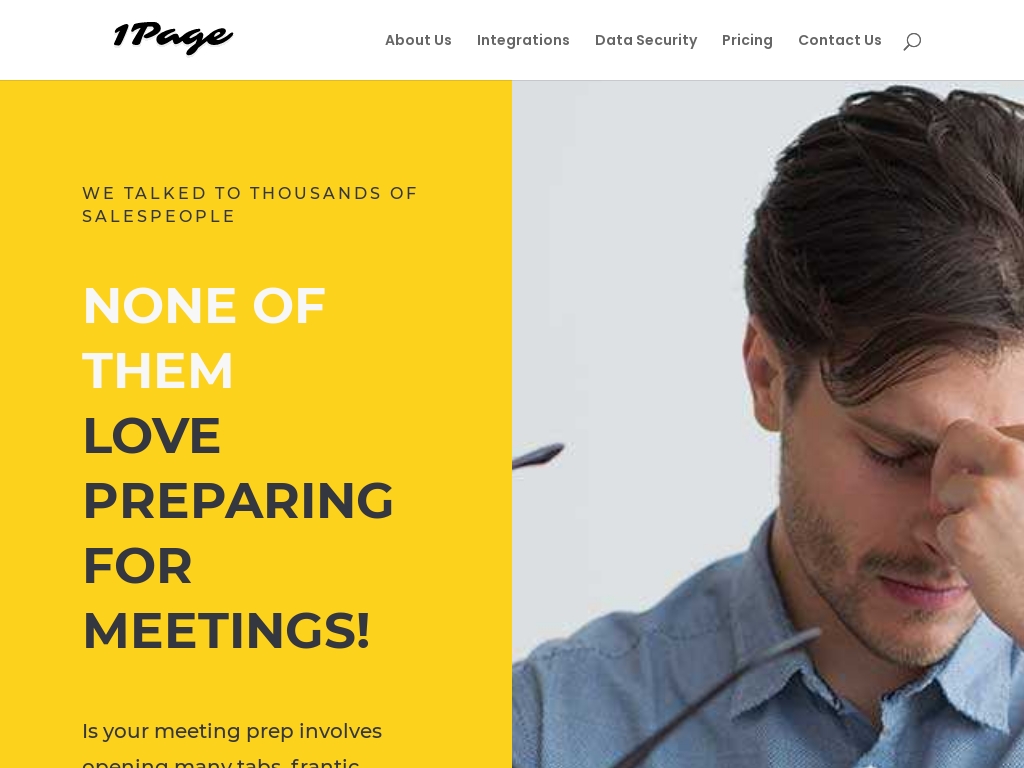

1Page CEO and founder Pooran Prasad Rajanna developed a mobile app that helps salespeople search less and sell more by delivering customized one-page summaries for every meeting and call, with the aim of helping salespeople get enough information to help them closer on the deal.




12. Session ($100K/year)
Philip, a designer and developer based in Jakarta, came up with the idea for Session after experiencing frustration with slow handoffs between design and development at a startup he worked for. As a solution to his own problem of staying focused, he created an app that helps users block distracting websites and track their work time. Session has since gained popularity, making $5.8K per month in revenue as of May 2021.
How much money it makes: $100K/year
How much did it cost to start: $120
How many people on the team: 0


Learn how a designer and developer from Indonesia created Session, an app that helps people stay focused by blocking distractions, which currently makes $5.8K per month in revenue through its freemium business model.




13. Finale To Do ($48K/year)
Grant Oganyan, founder of Finale To Do, came up with the idea after struggling to find a task management app that suited his needs. Inspired by his success with his first app, Finale: Daily Habit Tracker, Grant wanted to create a customizable and aesthetically pleasing task management app without the need for monthly subscriptions. After experiencing displacement due to the war in Russia, Grant fully invested himself in running his own business and has seen promising growth, with a 500% increase in users in the first month and monthly revenue of $4,000.
How much money it makes: $48K/year
How much did it cost to start: $0
How many people on the team: 2
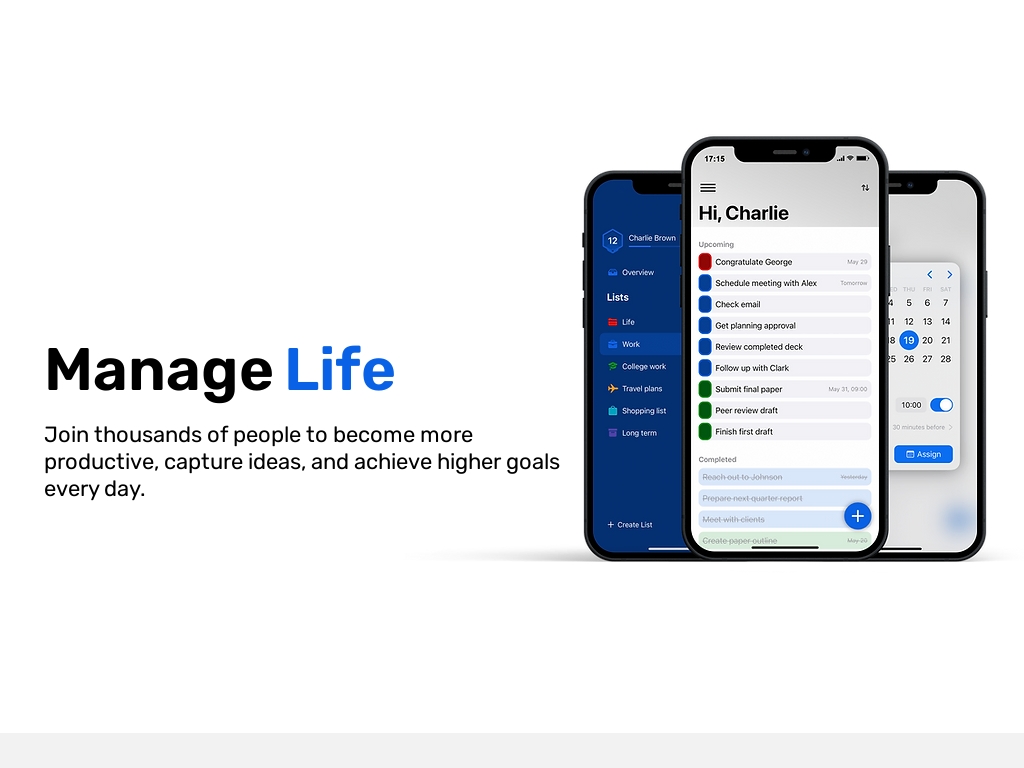

Finale To Do is a mobile task management app that offers a highly customizable and aesthetically pleasing experience, boasting a $4,000/month net and gaining a 500% increase in users in its first month.




14. Tailscan ($38.1K/year)
Erwin, an IT consultant with eight years of experience, built Tailscan after a demo video showcasing his Tailwind CSS browser extension garnered 22,000 views and 570 likes on Twitter. The tool now boasts recurring revenue of almost $30k annually, with a 95% profit margin.
How much money it makes: $38.1K/year
How much did it cost to start: $100
How many people on the team: 0


This case study follows the journey of Tailscan, a browser extension for front-end developers that allows live styling changes on any website using Tailwind CSS, which has achieved almost $30k in recurring revenue annually with a 95% profit margin, as well as $23k in one-off revenue, within a year of its launch.




15. DisplayBuddy ($18K/year)
Siddharth, an iOS engineer based in Singapore, came up with the idea for his indie app DisplayBuddy when he noticed his colleague struggling with switching between his work laptop and gaming PC on his monitor. Remembering a software he used in the past to control monitor settings, Siddharth developed a Mac app that allows users to control external displays directly from their menu bar. After launching the app in February 2021, Siddharth has gained 900 happy customers and crossed $5,000 in revenue.
How much money it makes: $18K/year
How much did it cost to start: $100
How many people on the team: 2

An iOS engineer based in Singapore created DisplayBuddy, a Mac app that allows users to control external displays from their menu bar, which has now reached an average MRR of $600 and garnered 900 happy customers and 6,000+ users on SetApp.




16. KTool ($12K/year)
Inspired by a visually impaired engineer's Hacker News post, and suffering himself from blindness on his right eye, he decided to create a tool that sends reading materials from around the web to Kindle devices.
How much money it makes: $12K/year
How much did it cost to start: $500
How many people on the team: 1


"Read about the journey of KTool, a productivity tool for Kindle owners, as its founder Daniel Nguyen shares how he built the business, reached $1,000 in monthly recurring revenue, and utilized various strategies such as building in public, ASO, and engineering as marketing to attract and retain customers."




17. Planndu ($8.4K/year)
Yarik and Kate, a Software Engineer and a Product Designer, came up with the idea for Planndu after realizing that existing productivity apps were difficult to operate and didn't effectively manage tasks. They decided to create a single app that combined all the necessary features for effective time management. Since launching in April 2022, Planndu has seen consistent growth in signups and subscriptions, with 851 new users joining last month and a 24% MoM growth in revenue from subscriptions. The founders have big plans for the future, including expanding to iOS and desktop platforms.
How much money it makes: $8.4K/year
How much did it cost to start: $300
How many people on the team: 2
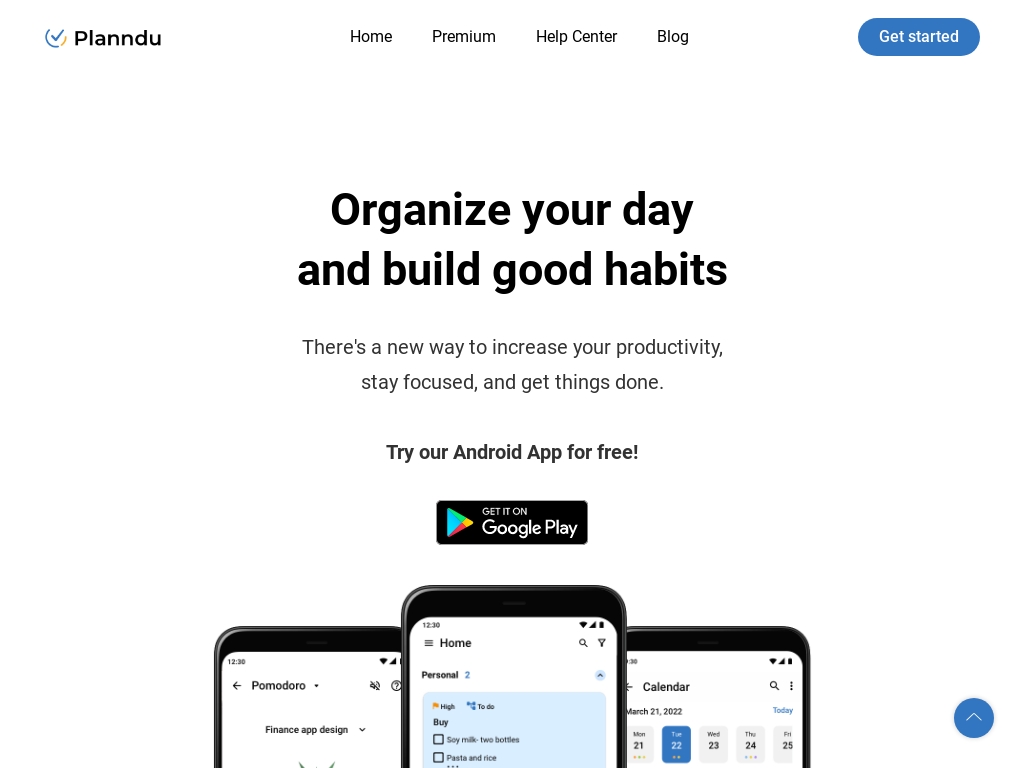

Planndu is a productivity app that offers a focus timer, task prioritization, and note-taking features to help users manage their time; the company's revenue from subscriptions has grown by a commendable 24% month-over-month with 851 new users joining last month, proving its success.




18. WritePhobia ($360/year)
After struggling with his own discipline in writing, software engineer Burak Kanber built WritePhobia, an app that punishes writers for not meeting their daily word count goals. With a few dozen users already on the app, Burak has done zero marketing and is gaining traction through word-of-mouth and social efforts.
How much money it makes: $360/year
How much did it cost to start: $50
How many people on the team: 0


Burak Kanber created WritePhobia, an app that motivates writers to write regularly by punishing them for not meeting their word count goals, which has gained a usership of a few dozen users in public beta and has found success through word-of-mouth marketing.





Download the report and join our email newsletter packed with business ideas and money-making opportunities, backed by real-life case studies.

Download the report and join our email newsletter packed with business ideas and money-making opportunities, backed by real-life case studies.

Download the report and join our email newsletter packed with business ideas and money-making opportunities, backed by real-life case studies.

Download the report and join our email newsletter packed with business ideas and money-making opportunities, backed by real-life case studies.

Download the report and join our email newsletter packed with business ideas and money-making opportunities, backed by real-life case studies.

Download the report and join our email newsletter packed with business ideas and money-making opportunities, backed by real-life case studies.

Download the report and join our email newsletter packed with business ideas and money-making opportunities, backed by real-life case studies.

Download the report and join our email newsletter packed with business ideas and money-making opportunities, backed by real-life case studies.












